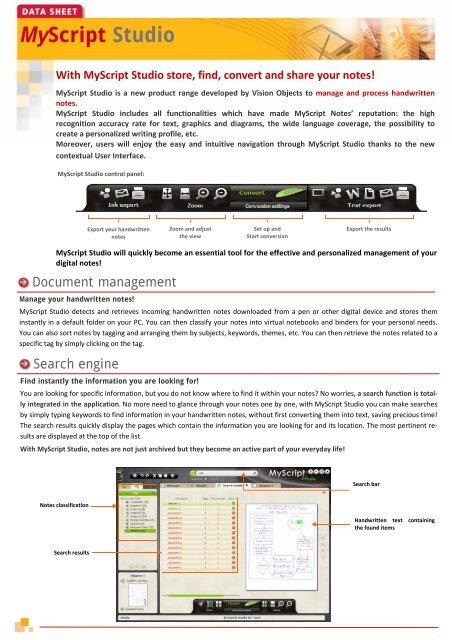As the world accelerates toward sustainable development goals, a critical gap remains in measuring progress-particularly in remote and vulnerable regions. The Argentine Altiplano, a high-altitude plateau with unique social and environmental challenges, exemplifies this issue. A new report by the Stockholm Environment Institute highlights significant shortcomings in the United Nations’ Sustainable Development Goals (SDG) indicators related to energy transition in this region. Addressing these gaps is essential to ensure that efforts toward clean energy are both socially equitable and environmentally responsible, preventing marginalized communities from being left behind in the global push for sustainability.
Bridging Data Gaps in UN SDG Indicators to Drive Inclusive Energy Solutions
The Argentine Altiplano presents a unique challenge and opportunity for transforming energy access, yet current UN Sustainable Development Goal (SDG) indicators fail to capture critical nuances affecting this remote region. Gaps in data-particularly relating to social equity, indigenous community engagement, and localized environmental impacts-hinder policymakers and practitioners from designing truly inclusive energy interventions. By integrating community-driven data collection with satellite and IoT technologies, the region can generate richer, context-specific information that highlights disparities in energy availability, affordability, and sustainability. This nuanced approach ensures that no group is left behind as Argentina moves toward its decarbonization targets.
Key data components to improve SDG monitoring include:
- Disaggregated energy consumption and access statistics by ethnicity, gender, and geographic isolation
- Localized environmental indicators such as water use and biodiversity impacts from renewable energy projects
- Real-time tracking of off-grid energy system performance and social acceptance
| Indicator Gap | Proposed Data Solution | Expected Outcome |
|---|---|---|
| Absence of cultural context in energy access data | Community-led surveys and participatory mapping | Enhanced social inclusion in energy planning |
| Inadequate tracking of ecosystem impact | Satellite-based biodiversity and water stress monitoring | Environmentally responsible energy projects |
| Limited disaggregation by gender and ethnicity | IoT-enabled usage and affordability analytics | Equitable resource allocation and policy design |
Empowering Indigenous Communities Through Tailored Energy Policies in the Argentine Altiplano
The energy landscape in the Argentine Altiplano presents unique challenges that standard UN Sustainable Development Goal (SDG) indicators often overlook. Indigenous communities in this high-altitude region face systemic barriers to accessing reliable, affordable, and sustainable energy. Customized energy policies that recognize local contexts, social structures, and environmental constraints are essential to foster resilience and inclusivity. By integrating traditional knowledge with contemporary technological solutions, these tailored approaches offer pathways for equitable development while safeguarding cultural heritage.
Key elements for successful energy empowerment in the Altiplano include:
- Community-led decision-making frameworks that prioritize indigenous voices
- Investment in renewable energy technologies suited to the high-altitude climate
- Capacity-building programs to enhance technical skills within local populations
- Policy alignment with environmental stewardship and social equity principles
| Policy Focus | Impact Metric | Indigenous Community Benefits |
|---|---|---|
| Renewable Microgrids | Energy access rate ↑ 35% | Improved health & education |
| Local Capacity Training | Employment ↑ 20% | Economic empowerment |
| Cultural Integration | Community participation ↑ 50% | Cultural preservation |
Implementing Sustainable Practices for an Environmentally Responsible Energy Transition
Transitioning to renewable energy sources in the Argentine Altiplano demands an approach that equally values environmental sustainability and social equity. To ensure this dual focus, local stakeholders are integrating traditional knowledge with cutting-edge technologies, prioritizing community engagement and biodiversity preservation. This holistic method not only mitigates the ecological footprint of energy projects but also empowers indigenous populations, recognizing their rights and facilitating inclusive decision-making. Key sustainable practices being adopted include:
- Community-led impact assessments that incorporate social and environmental data.
- Use of low-impact solar and wind installations designed to minimize disruption to native flora and fauna.
- Capacity-building workshops that prepare local residents for green job opportunities.
A recent analysis of energy transition projects in the Altiplano highlights the effectiveness of these approaches through measurable outcomes. Below is a summary of the key performance indicators tracked to ensure alignment with the UN Sustainable Development Goals, emphasizing environmental responsibility alongside social inclusivity:
| Indicator | Baseline 2019 | Current 2024 | Target 2030 |
|---|---|---|---|
| Renewable Energy Share | 12% | 35% | 60% |
| Local Employment in Clean Energy | 8% | 22% | 40% |
| Habitat Disturbance Reports | 15 incidents | 5 incidents | 0 (zero tolerance) |
| Community Participation Rate | 25% | 65% | 85% |
Final Thoughts
As Argentina’s Altiplano faces the crossroads of development and environmental stewardship, addressing the gaps in the UN’s Sustainable Development Goal indicators emerges as a critical step toward an energy transition that is both socially equitable and environmentally responsible. The findings by the Stockholm Environment Institute underscore the need for more nuanced data and localized approaches to ensure that remote regions like the Altiplano are not left behind in global sustainability efforts. Bridging these gaps will be essential not only for meeting international commitments but also for empowering communities to thrive in a changing energy landscape. The path forward demands coordinated action, transparent monitoring, and inclusive policies that prioritize the well-being of both people and the planet.




